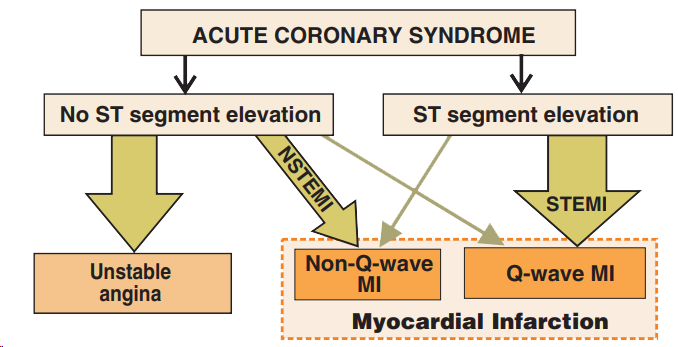
Acute Coronary Syndrome
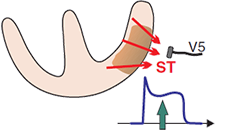
STEMI Infarction

NSTEMI Infarction

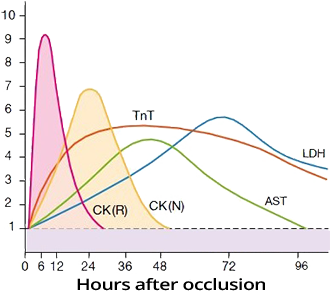



ST Elevations (STE) in STEMI


Classification of STEMI by Stage




Reciprocal Changes and Acute Inferior STEMI

| Infarction | ST Elevations | Reciprocal Changes | Occluded Vessel |
| Septal | V1-V2 | LAD | |
| Anterior | V3-V4 (V2, V5) | II, III, aVF | LAD |
| Antero-septal | V1-V4 | II, III, aVF | LAD |
| Lateral | V5-V6 (I, aVL) | II, III, aVF | LCx |
| High Lateral | I, aVL | II, III, aVF | LAD |
| Inferior | II, III, aVF | V2, V3 (I, aVL) | RCA, LCx |
| Posterior | V7-V9 | V1-V3 | RCA, LCA |
| Right Ventricular | V1, V4R | I, aVL | RCA |
| Atrial | Pta (V5, V6, I) | Pta (I, II, III) | RCA |
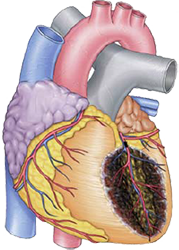

Hyperacute Anterior STEMI
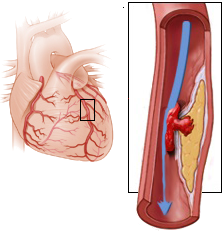
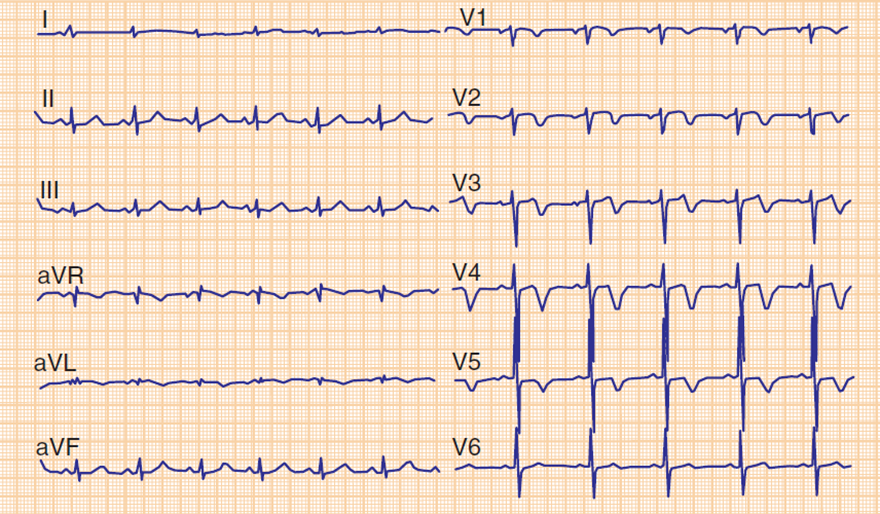
Unstable Angina Pectoris


Pseudonormalization - Hyperacute STEMI


Acute Inferior STEMI
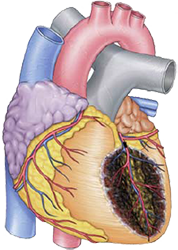

Subacute Anterior STEMI


Old Inferior Wall Infarction
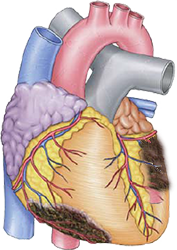

Subacute Inferior and Lateral Wall STEMI
Sources

Acute Coronary Syndrome
Infarct Nomenclature
|

STEMI Infarction
|

NSTEMI Infarction
|
STEMI Infarction
|

|
Troponin and Infarction
|

|
|


|

ST Elevations (STE) in STEMI
Pardee Waves
|

|

Classification of STEMI by Stage
|

|
Reciprocal Changes and STEMI
|

|

|

|
Reciprocal Changes and Acute Inferior STEMI
STEMI by Location
|

|
| Infarction | ST Elevations | Reciprocal Changes | Occluded Vessel |
| Septal | V1-V2 | LAD | |
| Anterior | V3-V4 (V2, V5) | II, III, aVF | LAD |
| Antero-septal | V1-V4 | II, III, aVF | LAD |
| Lateral | V5-V6 (I, aVL) | II, III, aVF | LCx |
| High Lateral | I, aVL | II, III, aVF | LAD |
| Inferior | II, III, aVF | V2, V3 (I, aVL) | RCA, LCx |
| Posterior | V7-V9 | V1-V3 | RCA, LCA |
| Right Ventricular | V1, V4R | I, aVL | RCA |
| Atrial | Pta (V5, V6, I) | Pta (I, II, III) | RCA |

|
Hyperacute Anterior STEMI
|

|

|
Unstable Angina Pectoris
|

|

|
Pseudonormalization - Hyperacute STEMI
|

|

|
Acute Inferior STEMI
|

|

|
Subacute Anterior STEMI
|

|

|
Old Inferior Wall Infarction
|

|

|
Subacute Inferior and Lateral Wall STEMI
|

|
Sources